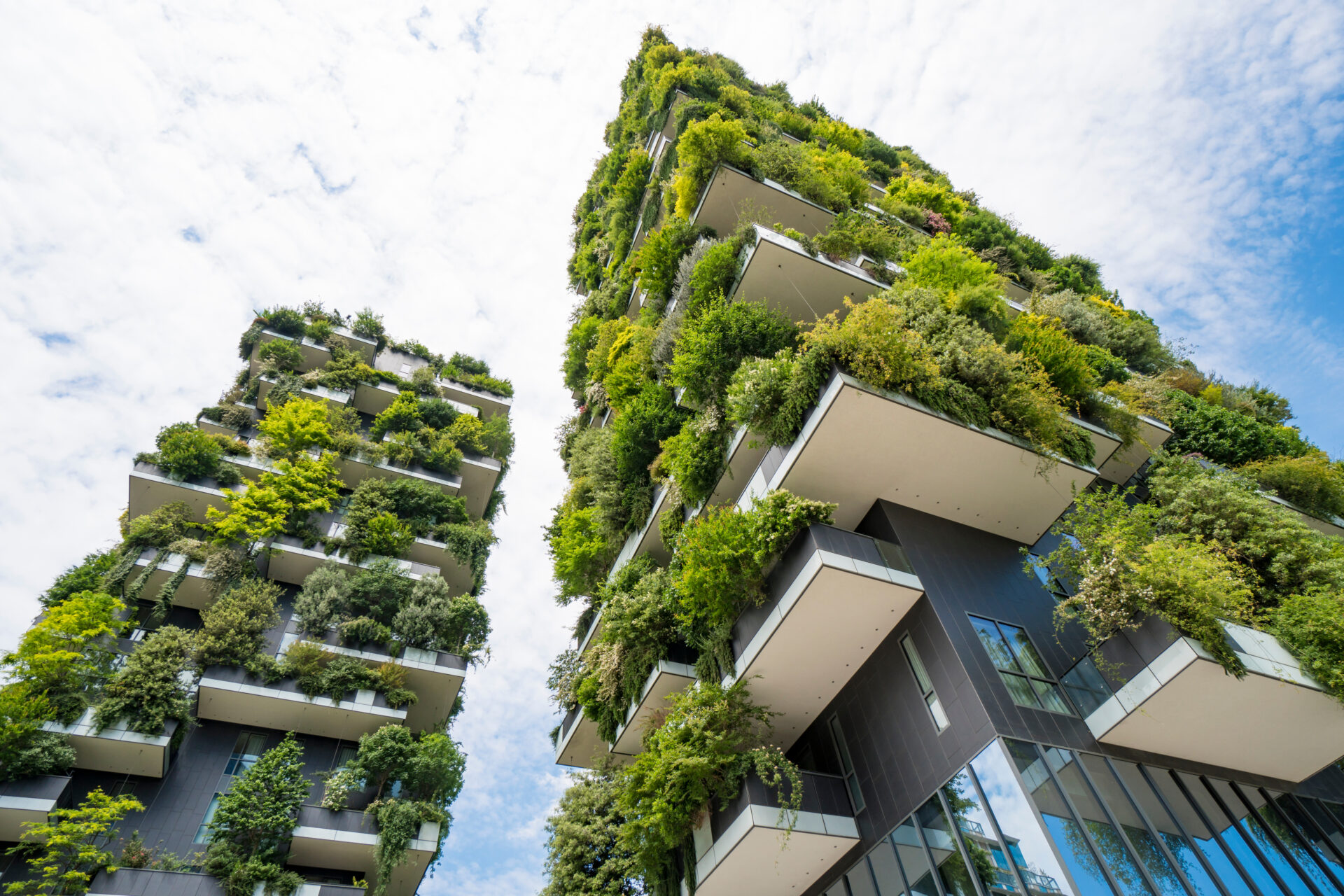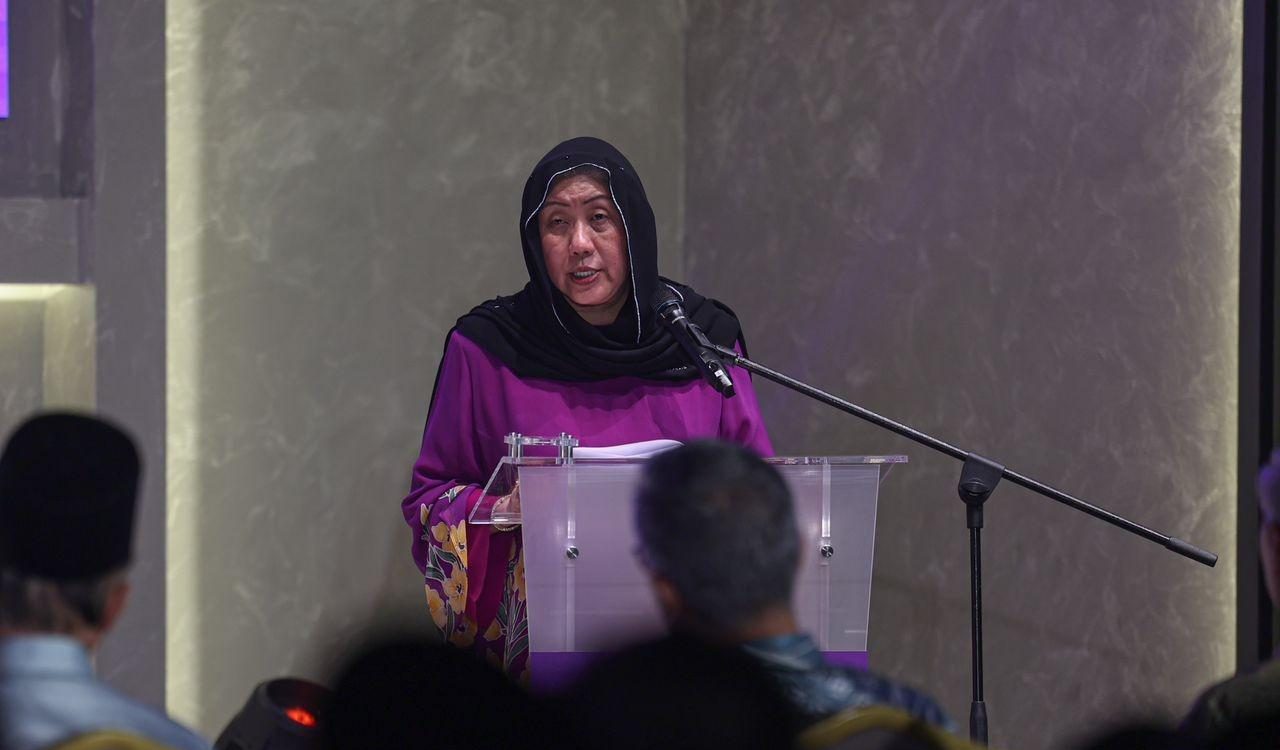
In an exclusive interview with The Exchange Asia, Ada Choi, Head of Research for Asia Pacific at CBRE, delves into the key trends influencing the region’s office market. From a rising “flight to quality” among occupiers to the growing demand for sustainable, green-certified buildings, Choi provides a comprehensive overview of how office spaces are evolving across the Asia Pacific. As the region navigates a landscape shaped by workplace transformation, ESG priorities, and technological advancements, landlords and occupiers alike are adapting to new expectations to remain competitive in core locations.
Flight to Quality: A Key Trend
In recent years, the Asia Pacific (APAC) office market has witnessed a strong “flight to quality” trend, according to Ada Choi. Occupiers are increasingly gravitating toward core office locations, regardless of the size of their offices after relocation. This preference is particularly strong in Japan, Singapore, and Australia, where businesses are demonstrating the highest demand for premium office spaces.
“The flight to quality trend is becoming prevalent across the entire Asia Pacific region, with occupiers seeking higher-quality office spaces in core locations,” Choi explained.
Landlords Adapting to Workplace Transformation
As workplace dynamics continue to evolve, landlords are responding by enhancing their assets to meet the changing needs of occupiers. These upgrades often include flexible seating, expanded collaboration areas, wellness amenities, and advanced indoor ventilation systems. Additionally, landlords are focusing on environmental, social, and governance (ESG) certifications and implementing technological improvements such as smart lifts and touchless technology.
“Landlords are upgrading their offerings to align with the ongoing workplace transformation. These enhancements are critical in attracting occupiers who prioritize flexibility, collaboration, and wellness,” Choi highlighted.
The Impact of Sustainability and Green Buildings
Sustainability is increasingly influencing office occupier decisions, particularly in regions where green building adoption is gaining momentum. In markets like Australia and Singapore, a “flight to green” is driving the demand for prime office spaces. This trend is also noticeable in Greater China and India, where approximately 60% of new Grade A office leases signed in 2023 involved green buildings.
“Green buildings now account for a significant share of new leases, with occupiers often willing to pay a premium for advanced green ratings as part of their global sustainability mandates,” Choi noted.
Strategies for Maintaining Prime Office Status
To maintain high occupancy rates and resilient rental performance, landlords need to adopt a holistic approach to designing future-proof buildings. Choi emphasized the importance of considering new development projects carefully, particularly in light of the growing polarisation between prime and non-prime office buildings.
“Landlords must upgrade their premises with higher green or technology ratings to stay competitive in the market,” she advised.
Competing for Occupiers Outside Core Locations
For landlords with older properties in less desirable areas, Choi recommended considering alternative uses, such as converting office spaces into residential, senior, or student housing. Additionally, prioritising occupancy over rental rates by offering attractive terms can help secure tenants, particularly in markets with an oversupply of office space.
Occupiers’ Lease Decisions: Cost vs. Quality
According to Choi, occupiers are increasingly conducting “stay vs. go” studies to evaluate their options for renewing leases or relocating. In many cases, the decision is driven by cost, asset quality, and location. This is particularly true in mainland China, where occupiers are predominantly cost-conscious.
“Occupiers who choose to relocate are prioritizing space quality over size, seeking core office locations and higher-quality spaces while looking for cost-saving opportunities,” Choi added.
Supply and Demand Outlook for the APAC Office Market
Choi noted that supply pressure is expected to persist in the short term due to ongoing oversupply issues and project delays. However, high construction and financing costs may help ease supply risks in the coming years. While Japan and India are showing strong leasing demand, the sluggish recovery in mainland China remains a challenge for the overall market.
Challenges and Opportunities for Developers and Investors
As the APAC office market experiences a repricing cycle, core office assets have seen more significant yield softening compared to other sectors, particularly in markets like Australia, Korea, and New Zealand. Despite cautious optimism in markets such as India, prime office assets in core locations are outperforming due to cost-driven occupier decisions.
“Leasing demand is concentrated on top-quality assets in core locations that offer direct access to amenities and public transportation, with buildings boasting ESG credentials highly prized by investors,” Choi explained.
The Role of Technology in Shaping the Future of Office Spaces
While technology adoption in corporate real estate (CRE) is still in its early stages in APAC, Choi expects advancements to grow in the coming years, particularly in developed markets with multinational companies. Enhanced digital connectivity, energy-saving solutions, and smart office features are expected to become more prevalent, enabling landlords to negotiate higher rents and retain high-quality tenants.
“Larger occupiers have an edge in adopting advanced technology functions, and they are willing to invest in workplace transformation,” Choi said.
CBRE’s Recommendations for Navigating the Future
Looking ahead, Choi advises occupiers to evaluate location, building quality, ESG credentials, and amenities when choosing office spaces. Landlords, particularly those with older portfolios, should consider prioritizing occupancy over rent by offering competitive terms, while also investing in high-quality, ESG-focused developments to meet the evolving demands of tenants.
“As the market evolves, proactive pre-leasing strategies and ESG investments will be key for both occupiers and landlords looking to stay competitive in the Asia Pacific office market,” Choi concluded.






